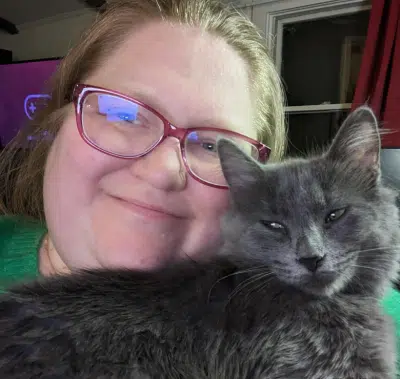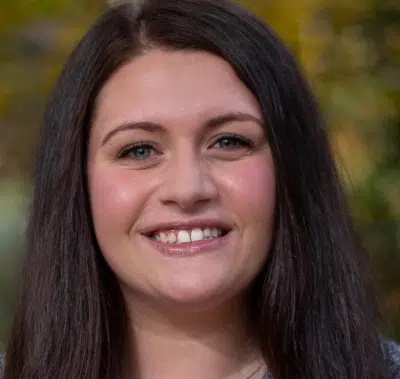Of all the educational tools and techniques available to us, the personal stories of women who have been impacted by blood clots are the most successful in helping people to connect with the issues and understand the risks associated with hormonal birth control.
We will be sharing a number of these compelling stories with you in the upcoming year, beginning with that of our organization’s namesake Alexandra Rowan.
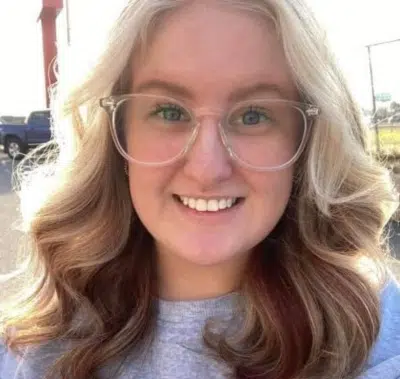
Savannah 2
Savannah shares her clotting experience after giving birth.
I had my son via C-section in April 2023. During my pregnancy, the doctors said that the leg pain I was experiencing was just sciatica. After having my son, I was having severe headaches, and the pain medicine I was given didn’t help. A week after my son was born I had three seizures. After being misdiagnosed by multiple hospitals – even staying a week in the neuro intensive care unit – they continued to disregard the obvious symptoms of blood clots.
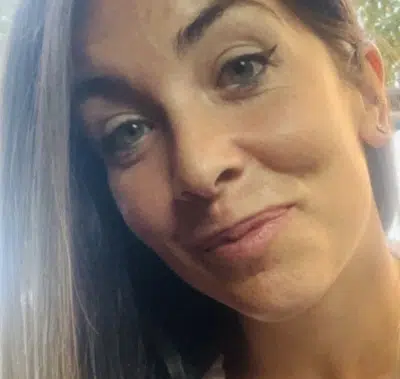
Diana2
Diana shares her story, stressing the importance of swift diagnosis.
In 2022, at the age of 32 and competing in the national rowing championship, I had my first serious crisis. I had to ask for help to get out of the river, hoping that the symptoms thought to be asthma would go away. They didn’t pass, the doctors didn’t find any sign of a problem. I was healthy and the tests were perfect, the doctors said it was all an anxiety issue, but the pain over the weeks became unbearable and living another day with it was already a sacrifice.

Jen
Jen shares her experience with blood clots, ovarian cysts, and contraception.
In 2022, I went to my gynecologist with abnormal bleeding. After some tests, it was determined I had bilateral ovarian cysts. To attempt to shrink them, I was put on a short, two-month course of oral contraceptives. After having taken the pill for a month, I began to have what felt like anxiety but without a reason. My heart seemed to be racing, and it was hard to catch my breath. I also had pain in my lower calf. I had a pulse oximeter and found my heart rate was in the 130s.
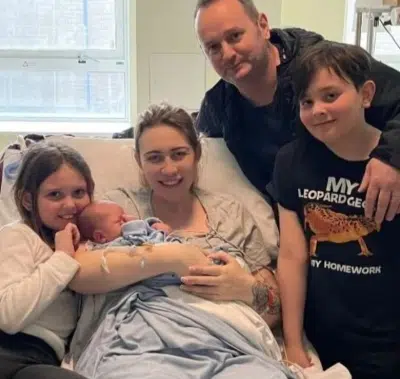
Faye
Faye recounts the impact of a life-threatening blood clot in during pregnancy.
The start of my blood clot journey was very unexpected. I was 34 years old and 32 weeks pregnant. I was struggling to breathe, but I put it down to pregnancy and the baby sitting high. I had a routine appointment at the hospital to discuss my induction date, but as soon as the consultant saw me, she sent me straight to central delivery to get oxygen and scans.
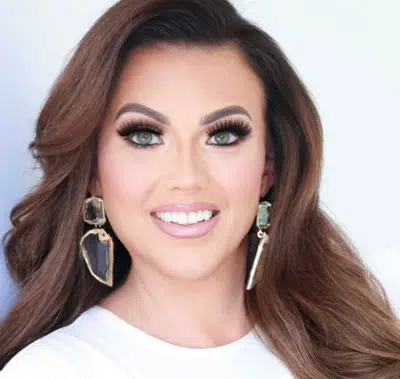
Kristin
Kristin shares her experience with blood clots and hormonal contraception.
I had been short of breath for several days, but since it was January at the time I just assumed I was getting sick or was just run down. Over the weekend, I realized something was seriously wrong when I couldn’t make it up the stairs in my house without stopping a few steps up to rest, because I was so out of breath.
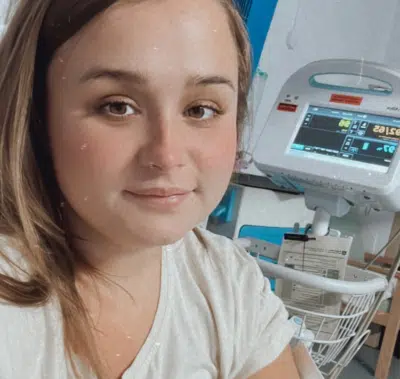
Sophie
Sophie recounts her experience with massive clots in her lungs and lung damage.
In February of 2021, as I arrived to the hospital ward for my shift as a student nurse and healthcare support worker, I collapsed and was taken to the A&E or emergency department, where I was diagnosed with multiple massive pulmonary emboli or blood clots in my lungs, right heart strain, and lung infarction or the death of some of my lung tissue due to an inadequate supply of oxygen.

Shelby
Shelby’s life was cut short by a blood clot. Her mother Carol shares her story.
Shelby was a beautiful, unique, outgoing person who enjoyed life fully. She loved outdoor activities, and spent her spare time snowshoeing, rock climbing, cross country skiing, fishing, hiking with her dog, and spending time with her friends. At the age of 19, Shelby had been using hormonal birth control, specifically a vaginal ring, for 18 months. She had just filled her last prescription when she suddenly collapsed and died with no warning signs at all.

Eve
Eve lost her life to a blood clot at 21. Her mother Melanie remembers her amazing daughter.
Our beautiful daughter Eve had a fall in July of 2019. At the time, she had been on the combined oral contraceptive pill for two years. She was sent home after spending 23 hours in the hospital and was simply told to rest her leg. Eve had been complaining of numbness and pins and needles in her calf.
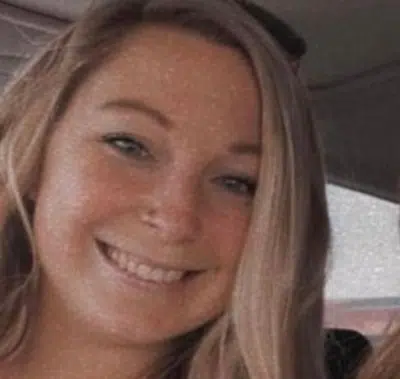
Kara
Kara share a story of the “perfect storm” that led to a life-threatening blood clot.
February of 2021 I went to work and began to have horrible pain in my shoulder that I brushed off as my purse being too heavy. I spent the next day with my friend and, six hours later, was rushed to the emergency room. I went to urgent care to have my “pulled muscle” examined, but I was fortunate to have a wonderful doctor who took the time to do a D-dimer blood test and stay late at the hospital to share my test results with me.
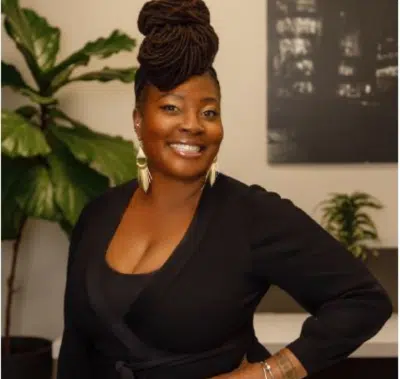
Angella
Angella shares her journey from blood clot diagnosis to community advocate.
I was first misdiagnosed with a groin strain at a Toronto hospital. When I returned to the same hospital three days later, I was evaluated and diagnosed with a blood clot in my leg and blood clots in both of my lungs. I spent the next three months in the hospital and then at a rehabilitation facility. While at the health rehabilitation facility, I found my voice when I was invited to share my experience and discuss ways to improve partnerships between patients and healthcare providers.

Kathryn
After a life-threatening blood clot, Kathryn urges everyone to weigh the benefits and risks of medications.
I love running and it seems that my love for running saved my life. I regularly ran 5 to 10 kilometers with a steady heart rate and no issues. One day, however, I was running and began to experience shortness of breath, and then my heart rate was much higher than usual. I wasn’t even able to complete a one kilometer run that day.
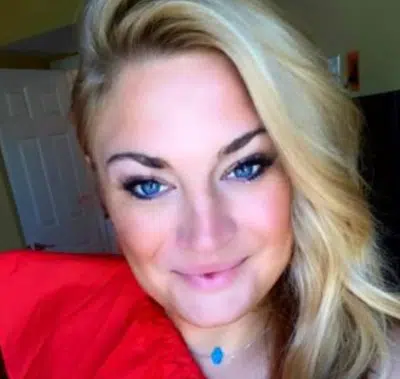
Ana
Ana explains how her clotting experience turned chronic and complicated, with a CTEPH diagnosis and heart surgery.
I was tested for bronchitis, same symptoms — shortness of breath, blue lips, constant fatigue and brain fog. After 75 blood tests, many, many scans, three hospital visits and three months of blood thinners to treat the clots they found and believe to have formed due to birth control…things just don’t seem to get better.
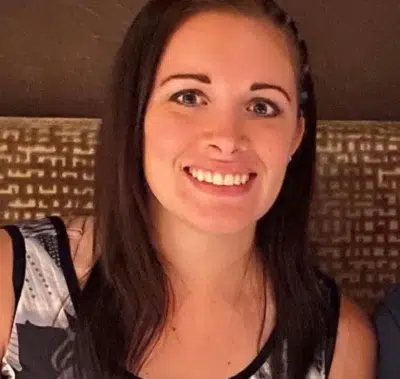
Nichole
Nichole shares her blood clot experience connected to hormonal birth control.
When I was 20 years old I asked my doctor about birth control pills. She didn’t hesitate to write the script for me. Not knowing anything about my family history, personal risks, or potential harm, I started taking them. I am healthy, exercise, never smoked, and eat well. Seven years later, I came home from a day out riding my horse to what felt like a Charlie horse in my calf.
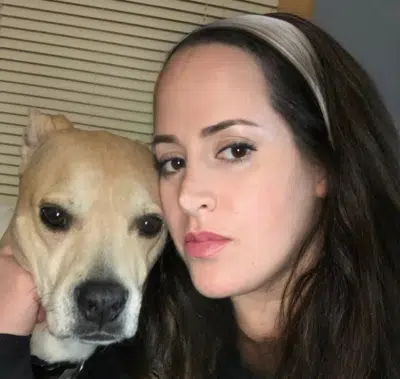
Jenna
Jenna tells her story of a blood clot and diagnosed clotting disorder.
I was living in Colorado after the completion of my M.F.A. degree. I remember standing outside in the snow playing ball with my 140lb Anatolian Shepherd when I first began to notice sudden and quite alarming symptoms, including dizziness, profuse sweating, and searing chest pain. I called 911 and was rushed to the hospital, where I was later diagnosed with a pulmonary embolism or blood clot in my lung.
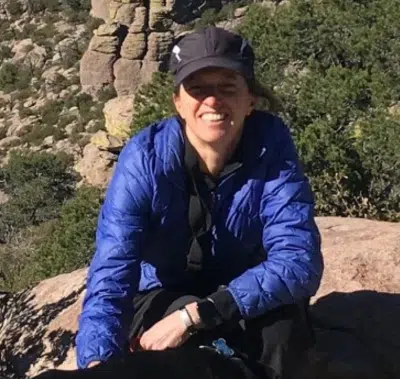
Beckye
Beckye recounts her experience with blood clots in her leg and lung.
I was a very active 35-year-old woman when I felt dizzy before, and then almost blacked out during, an intensive game of indoor soccer. I went to the doctor and after several months of testing they finally diagnosed me with blood clot in my leg and lung and I was admitted to the hospital.
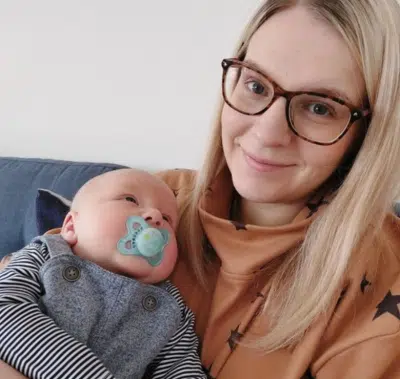
21
Alice, from England, shares her blood clot experience following the birth of her son.
At five weeks following the birth of my son, I developed a headache. Initially I thought nothing of it, assuming it was probably just “new parent” fatigue. Throughout the evening and into the night, the severity of my headache increased, developing into what I thought was my first-ever migraine. I took several strong painkillers but nothing was touching it.
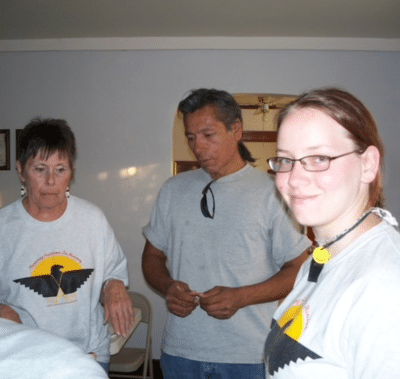
Alex with Sherry
Thoughts about Alex Rowan by her Godmother, Sherry.
I remember exactly where I was when I received the awful news that Alex had died. As a home health nurse, I was in a patient’s home making a visit: My cell phone rang and it was my daughter calling. Concerned that it might be an emergency, I excused myself and went outside.

Alex Release Photo
Alexandra Rowan
With endless possibilities for a bright future, 23-year-old Alexandra Rowan, a University of Pittsburgh graduate with a double major in writing and communications, had what many young women just starting a new life dream about: A blossoming new career in a bustling and hip city, a loving family, a devoted boyfriend, a growing circle of friends, and an independent spirit that compelled her to travel and explore the wonders of the world all around her.
Sadly, however, Alexandra’s life ended suddenly, when she collapsed due to a massive pulmonary embolism, or blood clot, that had formed in her lung. Without warning the life of this beautiful young woman had ended, without any clear signal or advance warning that something was wrong.
Alexandra’s only known risk factor for blood clots was estrogen-based birth control.


